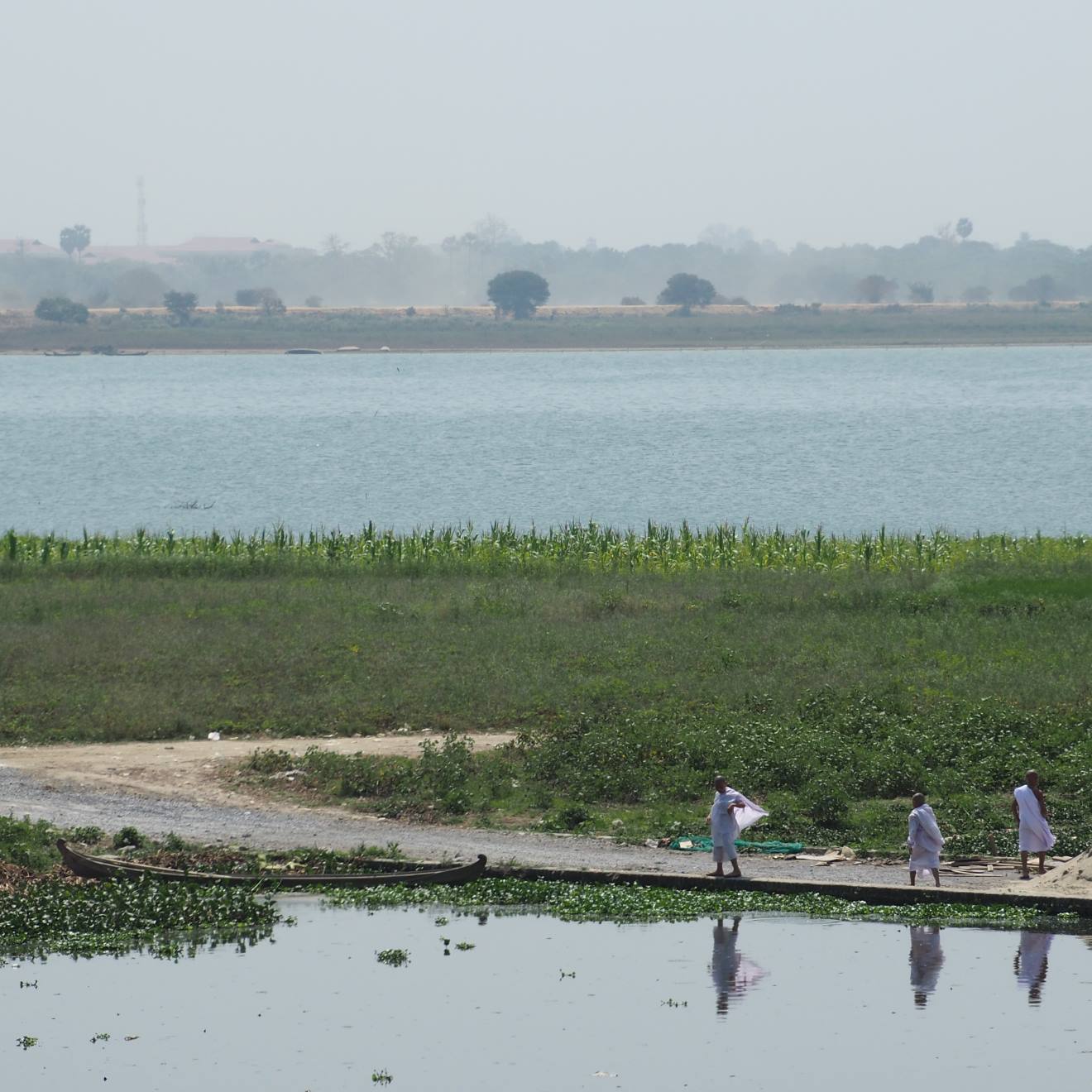It's All About Myanmar
Mon, Mar 25, 2019
4 min read
Myanmar wife went to Burma, which surprised us. It was far more developed than we expected and very tourist-friendly.

I don’t rate Myanmar’s flag 🇲🇲, as on first impressions it looks like one of an African nation. One star 😁, just like Vietnam’s 🇻🇳. The flag is similar to the one of the Shan state but with a star instead of a circle. The previous flag had the classic red, white and blue combination used in many South East Asian flags.
Yangon a Minute
We arrived into Yangon, which is a modern city that’s easy to get around (mainly using Grab). Our journey from Hanoi to Yangon was one of the smoothest, although there were a lot of mosquitoes at the airport after customs.
There are no scooters here, unlike the rest of the country. You drive on the right in Myanmar but most of the cars are Japanese imports with the steering wheel on the right. This makes overtaking a bit of a challenge, not that that puts anyone off!
Bagan the Question
Bagan is probably the most touristy place in Myanmar. Most hotels here rent out electric scooters, which are the best way to see the temples (apart from maybe hot air balloon). These scooters are limited to 50 km/h and cut out the horrendous two-stroke pollution that you get from classic scooters and garden tools.
Balloon flights are pretty reliable at dawn in Bagan. However, our pilot used to fly in the UK and while they used to only cancel a quarter of flights, now they can only fly a quarter and have to abandon 75%. This was put down mainly to the changing climate that is now much more dynamic, but also partly to improvements in the accuracy of forecasting.
Get Stupa’d
A lot of the roads are dirt tracks so wear old clothes. Don’t trust Google maps as some roads don’t exist! You may also want to bring certain items:
- a water bottle to refill from some temples
- footwear that is easy to slip on and off
- respectful temple clothes
- something to cover your seat if you leave your bike in the sun
Leaf Long and Prosper
The food in Myanmar was great and different to other cuisines we’d experienced in South East Asia. One notable dish is tea leaf salad. This uses preserved tea leaves as one component and usually something crispy too. The textures and flavours are very complimentary.
As in most countries in this region, waste is a big problem. Packaging, mostly plastic, is simply discarded on the roads and in the rivers. If this issue is to be addressed then it will require economic incentives from government and action by packaging manufacturers.
Some of the biggest culprits are the global drinks corporations, such as PepsiCo and the Coca-Cola company. These firms produce much of the bottled drinking water in the region and in addition to the normal screw top security seal they add a needless plastic film seal on top. Unlike the same products in other parts of the world.
A better solution would be to install more water filters in venues, like many temples use, or provide refillable filter bottles. We need to move away from a disposable culture if we are to prosper long into the future.
Room for Abuse
You can’t talk about Burma without mentioning the abuses of minorities that occur at the hands of the military. Not just the ethnic cleansing of muslims near the Bangladesh border but also the oppression of other peoples, such as the Shan. Many of these border conflict regions are off-limits to foreigners, so you don’t see these issues when you visit. For example, we visited Inle Lake in Shan State and although it has its own problems, fortunately we didn’t see any armed conflict.
There is some debate as to whether you should go to Burma as a tourist, as it’s difficult to know where your money ends up. However, if you think a little about where you choose to spend then you can avoid obvious bad destinations for your funds and it can help local people. Burma used to be one of the richest countries in the region when it gained independence from Britain but was one of the poorest in the world under the military dictatorship, which still controls much of the government.